1. Thomas Edison’s Light Bulb in a Forgotten Lab
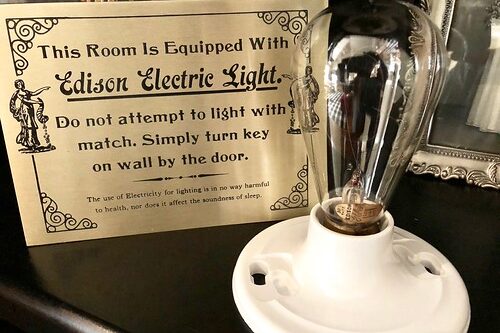
While Edison’s name is everywhere, the first commercially viable light bulb is tucked away in the back of the Thomas Edison National Historical Park in New Jersey. The lab is preserved almost exactly as it was, with the clutter of experiments still surrounding the bulb. Seeing it there is like stepping into a time machine, witnessing the chaos and genius of invention. Most tourists rush to the museum’s main exhibits, missing this tiny yet world-changing artifact.
The bulb itself is small and unassuming, but its impact is monumental. It represents decades of experimentation and the persistence required to bring electricity to American homes. Being able to see it in the context of Edison’s working environment adds depth to the story. It’s a quiet testament to innovation hiding in a corner that few notice.
2. The Original Star-Spangled Banner in a Basement
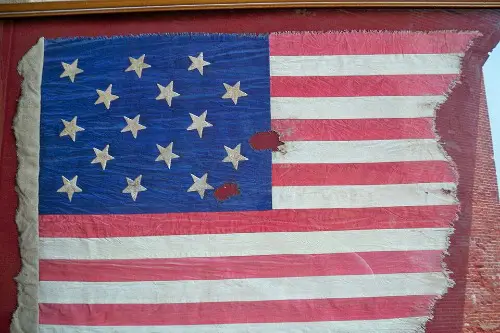
The original flag that inspired the national anthem isn’t hanging in some grand gallery; it resides in the basement of the Smithsonian’s National Museum of American History. The flag is massive, measuring 30 by 42 feet, and requires a climate-controlled display to keep it from deteriorating. Its location in the basement might seem anticlimactic, but this careful placement preserves one of the country’s most cherished artifacts. Many people are shocked to learn that something so symbolic isn’t front and center.
The story of the flag is just as compelling as its hiding place. It flew over Fort McHenry during the War of 1812 and inspired Francis Scott Key to pen what would become the national anthem. The basement display allows visitors to see the flag in a way that balances accessibility with preservation. Without this careful concealment, the delicate fabric might not have survived to tell its story today.
3. The Liberty Bell in Philadelphia’s Hidden Annex
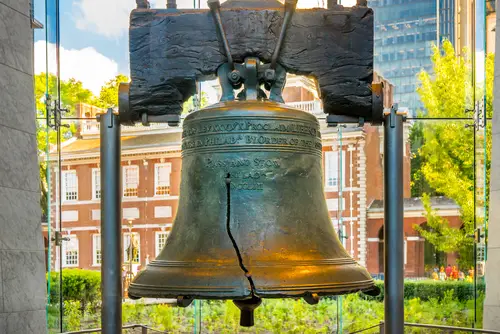
Everyone knows the Liberty Bell, but most visitors don’t realize it’s tucked away behind thick glass in an annex rather than in a standalone hall. This iconic symbol of American independence was moved for preservation, which means you have to weave through a maze of exhibits just to see it up close. The crack that gives it its character is still intact, a reminder of the bell’s long history and the nation’s turbulent birth. It’s fascinating how something so central to American identity can be hidden in plain sight.
Visiting the Liberty Bell isn’t just about snapping photos; it’s a lesson in preservation and storytelling. The surrounding museum is surprisingly small, but it’s filled with exhibits that contextualize the bell’s role in American history. Few people realize how much effort went into moving and protecting it over the centuries. Seeing it in person feels like stumbling upon a secret kept for generations.
4. The Wright Brothers’ Flyer in a Humble Hangar
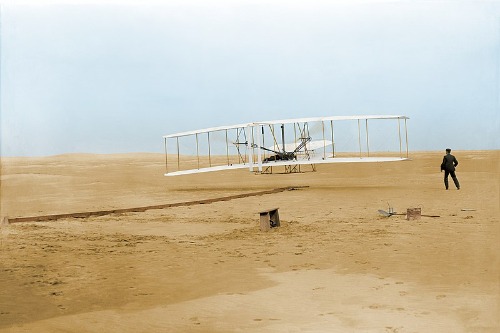
The Wright Flyer, the first successful powered airplane, is tucked away in a simple hangar at the National Air and Space Museum in Washington, D.C. Its unassuming display contrasts sharply with its monumental significance in aviation history. People often expect something more theatrical for such a groundbreaking invention, but the understated setting allows you to focus on the machine itself. The fragile wood-and-fabric construction is preserved with meticulous care, emphasizing its delicate nature.
The story of flight feels closer when you see the Flyer in this modest setting. You can almost imagine the Wright brothers taking off over Kill Devil Hills. The exhibit doesn’t rely on flashy displays, which gives the artifact a quiet reverence. It’s a reminder that sometimes, history’s greatest achievements are hidden in simplicity.
5. The Hope Diamond in a Secure Case

This world-famous gem isn’t just dazzling; it’s locked away behind reinforced glass at the Smithsonian. Its deep blue hue and legendary curse draw millions of visitors, yet it’s practically under constant guard. Few people realize the amount of security and climate control required to protect this national treasure. It’s a spectacular gem hiding in plain sight, shining quietly under museum lights.
The diamond’s history is as intriguing as its sparkle. It traveled through royal hands across Europe before landing in America, where it became a symbol of intrigue and beauty. Seeing it in person gives a tangible sense of its size and color, which photos rarely capture. It’s amazing to think such a famous treasure can be so carefully secluded yet still accessible to the public.
6. Abraham Lincoln’s Top Hat in a Display Case
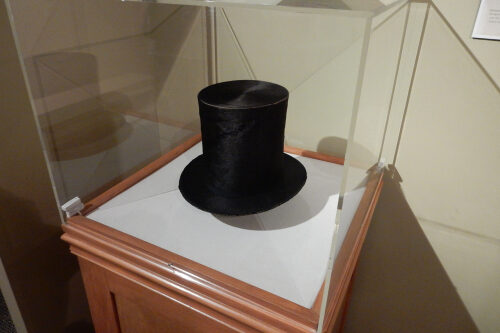
Lincoln’s iconic stovepipe hat sits in the National Museum of American History, not on a mannequin, but in a glass case that almost feels like it’s preserving a ghost. This hat witnessed the Emancipation Proclamation and countless historic moments, yet its humble display makes it easy to overlook. Visitors often rush past, focusing on the bigger exhibits, unaware of the hat’s intimate connection to history. Its simple presence carries the weight of the presidency.
The hat is more than just a fashion statement—it’s a symbol of the man who guided the country through civil war. Standing close to it, you can imagine Lincoln donning it to meet crowds or deliver speeches. It’s a small object that evokes a vast narrative. Hidden in its quiet display, it quietly whispers stories of leadership and resilience.
7. The Declaration of Independence in a Climate-Controlled Vault
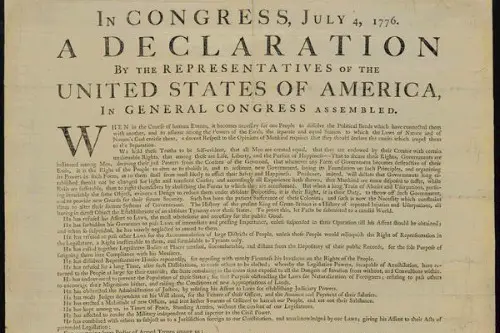
America’s founding document is securely tucked away behind bulletproof glass in the National Archives. While visitors can view it, the vault-like display makes it feel almost otherworldly, like glimpsing history through a portal. Its location ensures it’s preserved against humidity, light, and decay, crucial for a paper over 240 years old. Most people are surprised by how protective the exhibit is, given its symbolic value.
The Declaration is fragile but endlessly inspiring. Being there in person, you notice details like John Hancock’s signature, which dominates the page with bold confidence. The vault setting emphasizes the document’s preciousness and fragility. It’s one of those artifacts where the hidden context adds as much meaning as the object itself.
8. George Washington’s Uniform in a Quiet Room
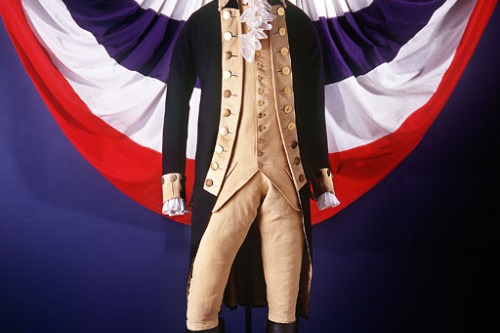
The uniform George Washington wore during the Revolutionary War is housed in a side room at the Museum of the American Revolution in Philadelphia. Visitors can admire the details of the fabric, buttons, and insignia, but it’s far from the center of attention. Its placement gives it an almost intimate aura, allowing history buffs to study it without distraction. It’s remarkable how something so pivotal can be tucked away in a modest display.
Looking at the uniform, you can almost imagine Washington leading troops across harsh terrain. The exhibit highlights the wear and care of the garment, showing it wasn’t just ceremonial. Every thread tells a story of leadership, strategy, and sacrifice. The quiet setting encourages contemplation rather than spectacle.
9. The Gutenberg Bible in a Rare Books Room

One of the first printed books in history isn’t on public display like a flashy exhibit; it sits in a special reading room at the Library of Congress. Its medieval pages and precise typography are fascinating to see, but access is controlled to prevent damage. Most visitors are unaware that the library houses such a rare national treasure in a relatively unassuming setting. It’s the kind of artifact that rewards those who look a little closer.
The Gutenberg Bible represents a revolution in knowledge, much like America’s own democratic ideals. Seeing a page in person gives a tactile sense of the history behind printed words. Scholars and enthusiasts get a unique glimpse into early printing techniques. Its quiet seclusion ensures that this treasure can endure for future generations to explore.
10. The Mona Lisa of American Folk Art in a Farmhouse

“Christina’s World” by Andrew Wyeth might not be Italian, but this American masterpiece is tucked away in the Museum of Modern Art and in storage at times, making it feel like a hidden gem. Its haunting depiction of a woman in a field resonates quietly, away from flashier art crowds. The artwork is so familiar that people often overlook how carefully it is preserved when not on display. Its understated presence makes discovering it feel like a personal victory.
The painting’s realism captures the quiet resilience of rural America. Wyeth’s meticulous brushwork emphasizes texture, shadow, and emotion. Standing before it, you feel a connection to the landscape and the subject’s world. It’s a reminder that treasures don’t have to be loud to be impactful.
11. The Smithsonian’s Giant Squid in a Glass Tank
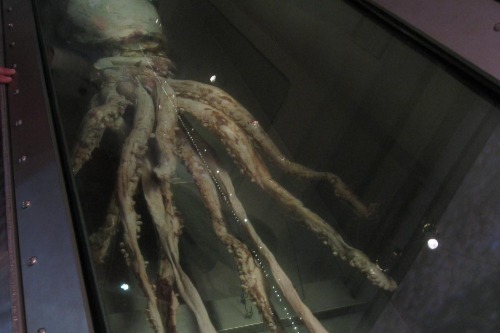
Yes, a massive deep-sea squid lives at the Smithsonian, suspended in a giant tank of formaldehyde. Visitors often stumble upon it unexpectedly, thinking it’s just another marine display. Its enormous tentacles and eerie stare make it a surreal but undeniably American natural treasure. Few would imagine that something so otherworldly resides quietly in the heart of Washington, D.C.
The squid reminds us of the mysteries still hidden in the world’s oceans. Its preserved state allows scientists to study a creature rarely seen in life. Standing next to it, you feel the scale and strangeness of the deep sea. It’s thrilling to encounter a creature so alien, yet right in a museum corridor.
12. Route 66 Road Signs in a Small Storage Shed

The iconic signs of Route 66, America’s Mother Road, are stored in a modest shed at the National Museum of American History when they’re not on loan. They symbolize freedom, travel, and the golden age of the American road trip. The signs’ preservation requires controlled conditions to prevent rust and fading, making the humble shed essential. It’s surprising that something so culturally iconic is often out of public view.
Seeing these signs in person connects you to a bygone era of cross-country adventure. The nostalgia of road trips, diners, and neon lights comes alive. Even tucked away, the signs remind visitors of America’s love for exploration. It’s a small, hidden space that holds a big piece of the national imagination.
This post 12 National Treasures Found in the Strangest Places was first published on American Charm.


